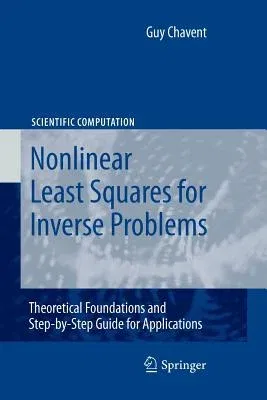Guy Chavent
(Author)Nonlinear Least Squares for Inverse Problems: Theoretical Foundations and Step-By-Step Guide for Applications (2010)Paperback - 2010, 14 March 2012

Qty
1
Turbo
Ships in 2 - 3 days
In Stock
Free Delivery
Cash on Delivery
15 Days
Free Returns
Secure Checkout
Part of Series
Scientific Computation
Print Length
360 pages
Language
English
Publisher
Springer
Date Published
14 Mar 2012
ISBN-10
9400730608
ISBN-13
9789400730601
Description
Product Details
Author:
Book Edition:
2010
Book Format:
Paperback
Country of Origin:
NL
Date Published:
14 March 2012
Dimensions:
23.39 x
15.6 x
1.98 cm
ISBN-10:
9400730608
ISBN-13:
9789400730601
Language:
English
Location:
Dordrecht
Pages:
360
Publisher:
Series:
Weight:
526.17 gm

